Albert Folch originally studied geology, but that seems like a long time ago. Today, he is better known as one of Spain’s most prolific graphic designers, and Folch Studio as the cradle of people and projects that have gained international acclaim.
After his geology degree, Albert turned to graphic design and began studying photography in Belgium, but decided to drop out and return to his native Barcelona to open his own studio. Together with Nacho Alegre and Omar Sosa, he founded the now legendary magazine Apartamento, yet eventually made the difficult decision to leave the project in order to fully dedicate himself to his business. Folch Studio covers everything from advertising to album covers, yet Albert’s passion remains in editorial design and above all, personal publishing projects: most recently, erotic magazine Odiseo and surf publication eldorado.
Albert’s loft is located on one the deserted alleys off Barcelona’s bustling Plaça Catalunya. The space has an unfinished and raw air to it, yet it’s also deeply personal – a feeling compounded by the walls covered in drawings, some of them by Albert’s girlfriend, the artist Ángela Palacios.
This story is featured in our second book, Freunde von Freunden: Friends, order within Germany here, or find the book internationally at selected retailers.
This portrait is part of our ongoing collaboration with ZEIT Online who present a special curation of our pictures on their site.
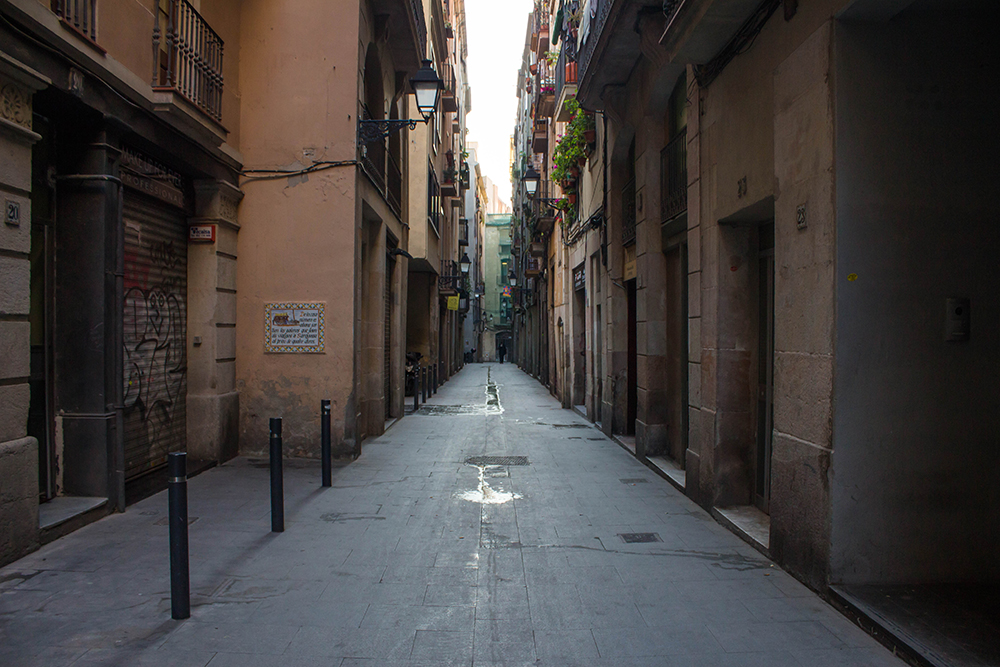
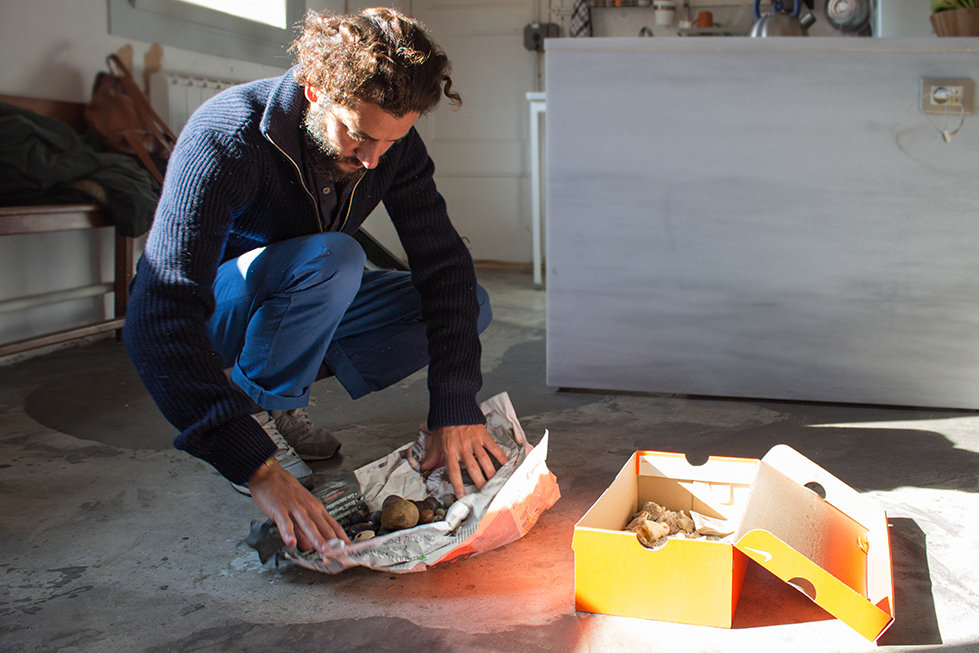
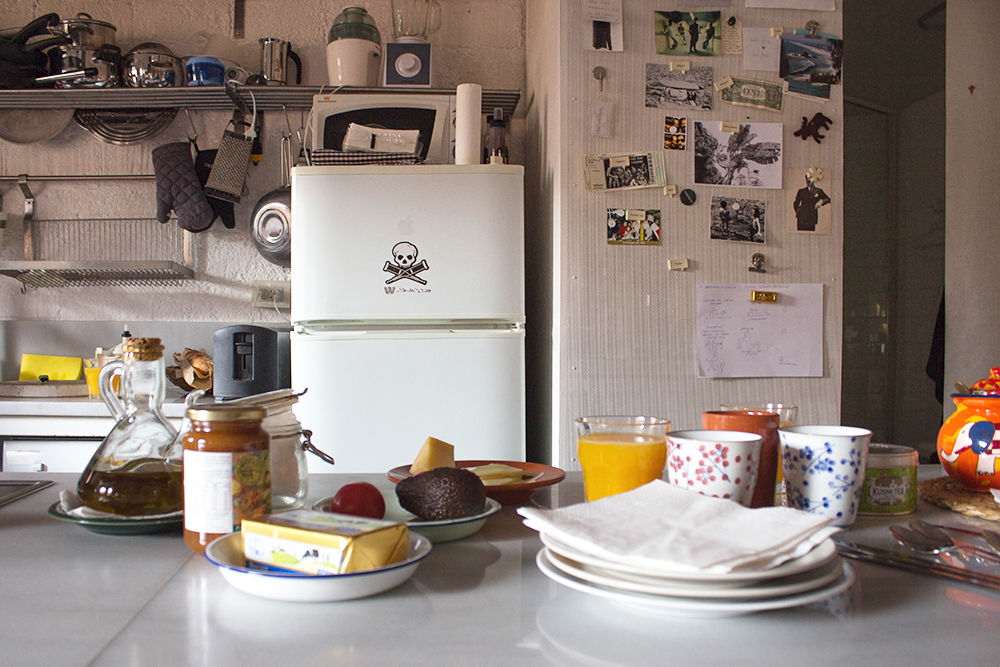
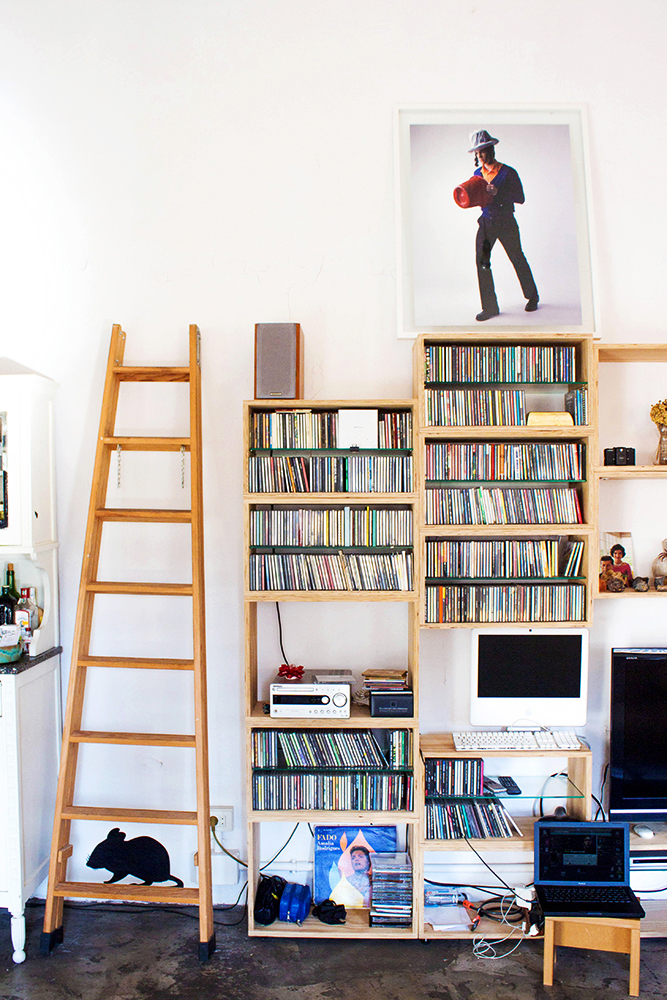
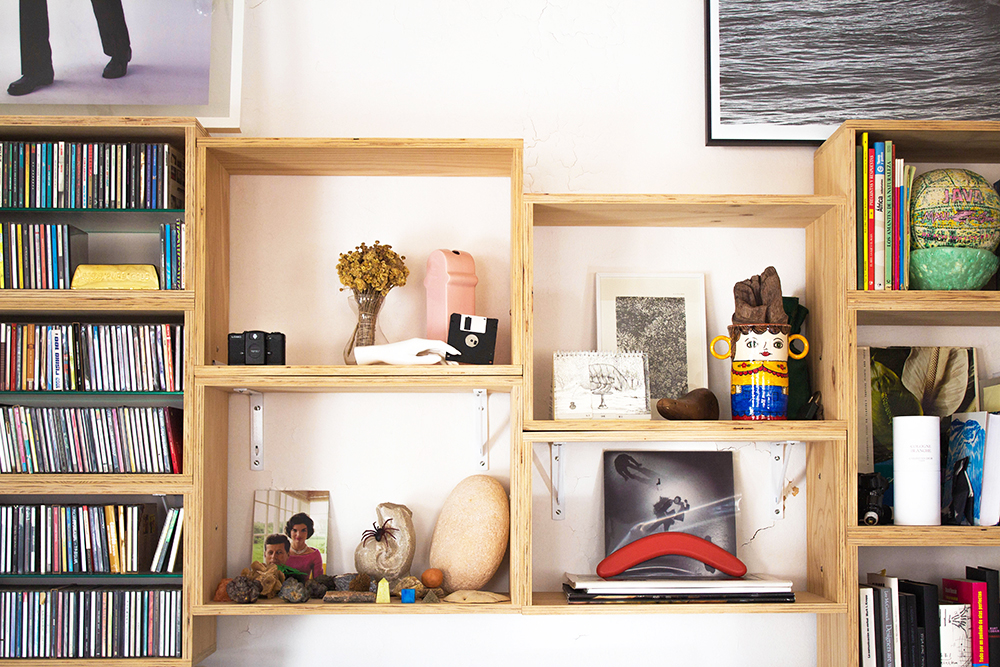
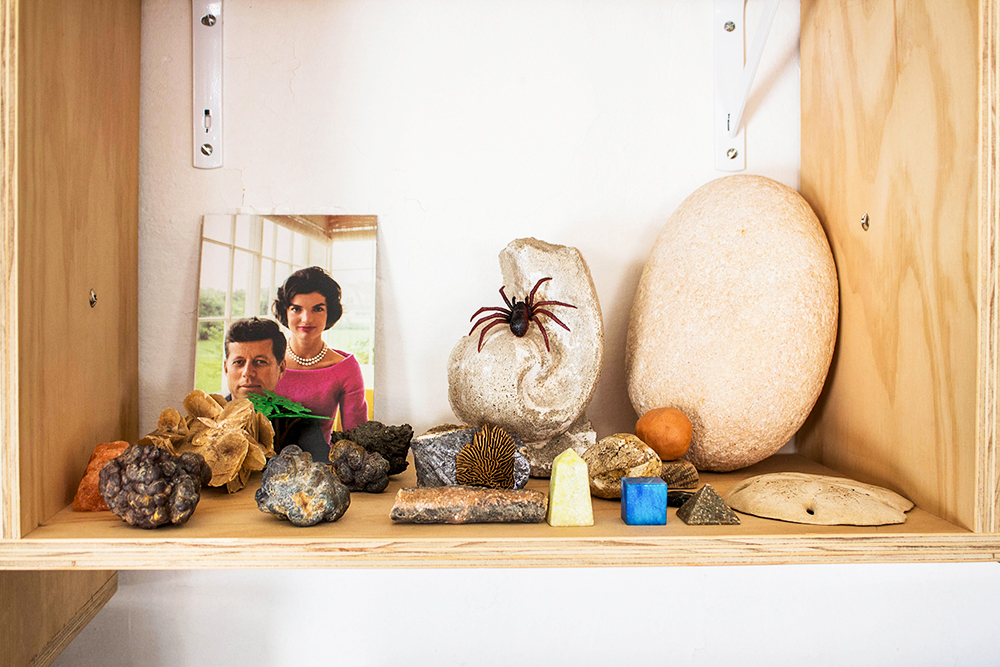
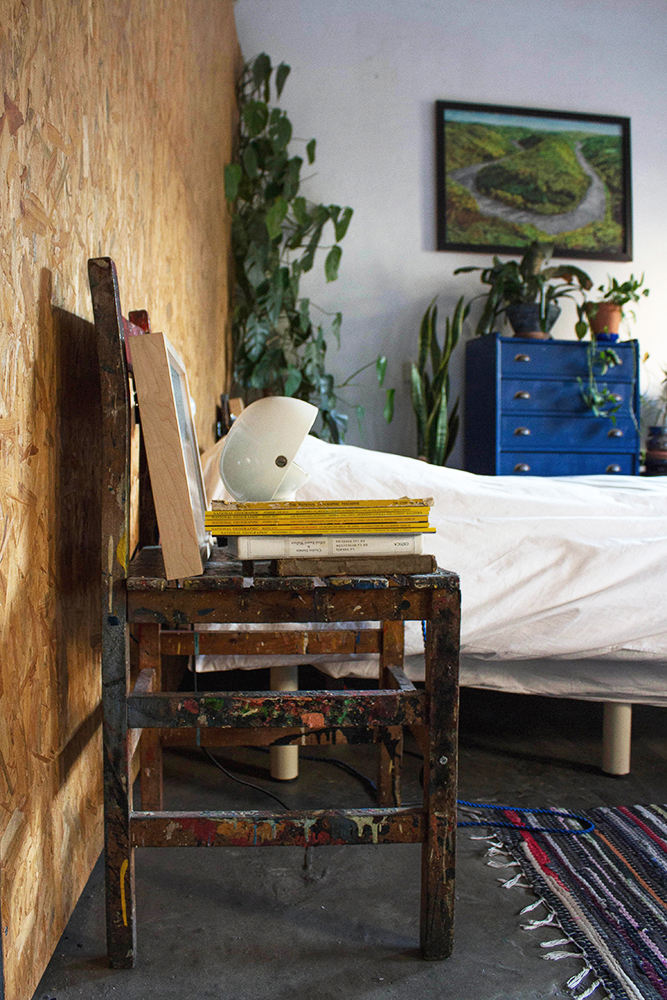
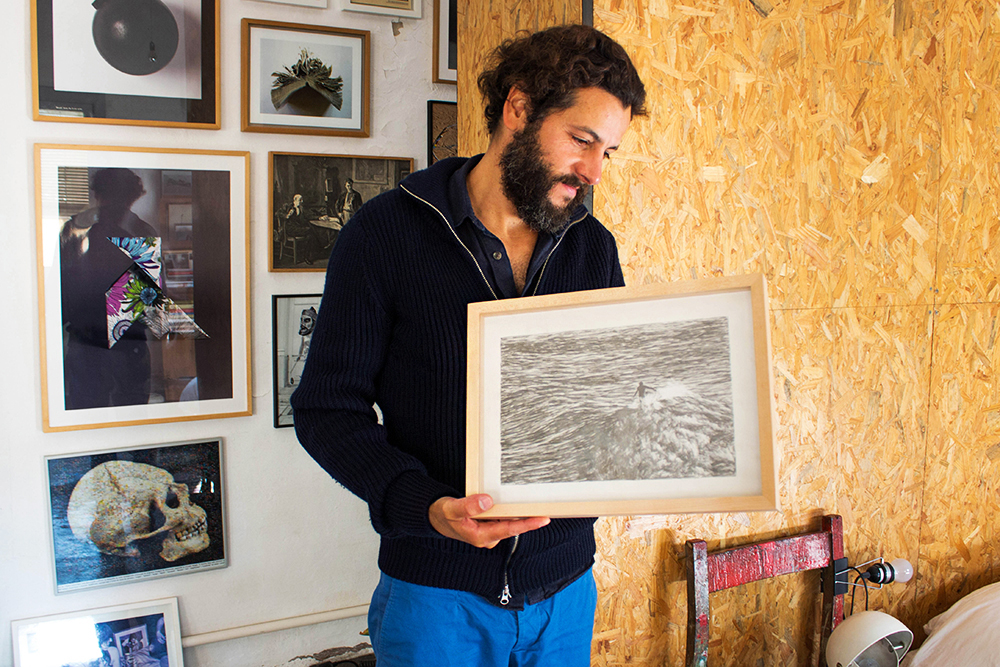
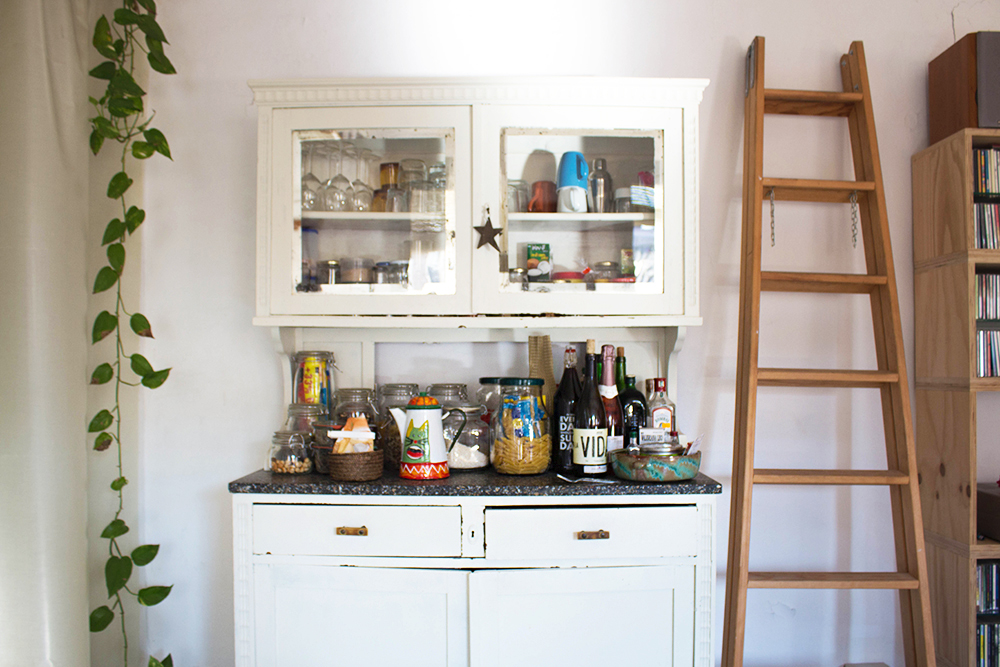
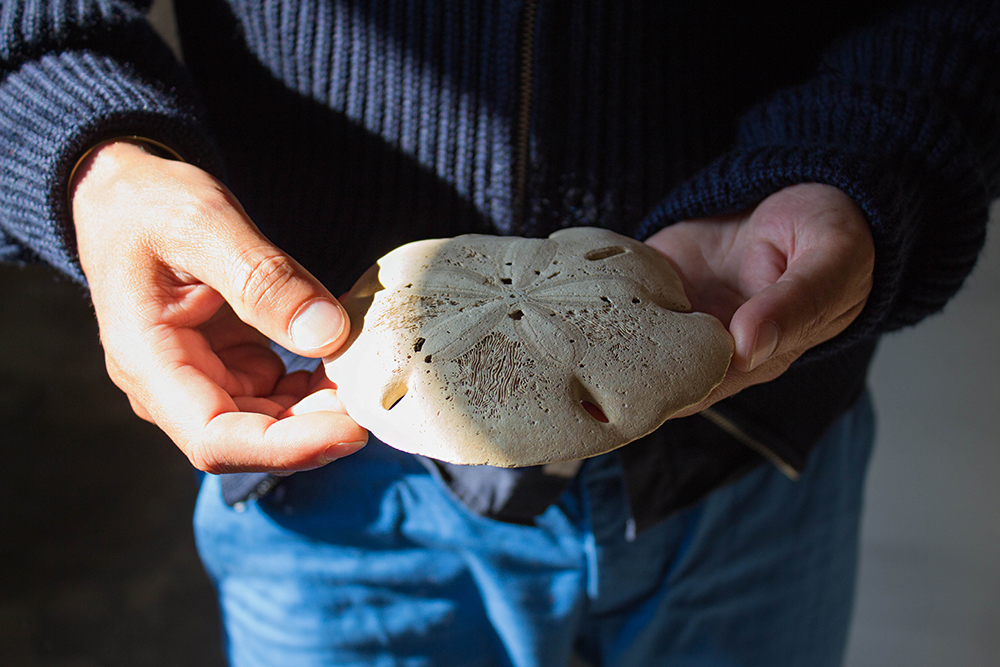
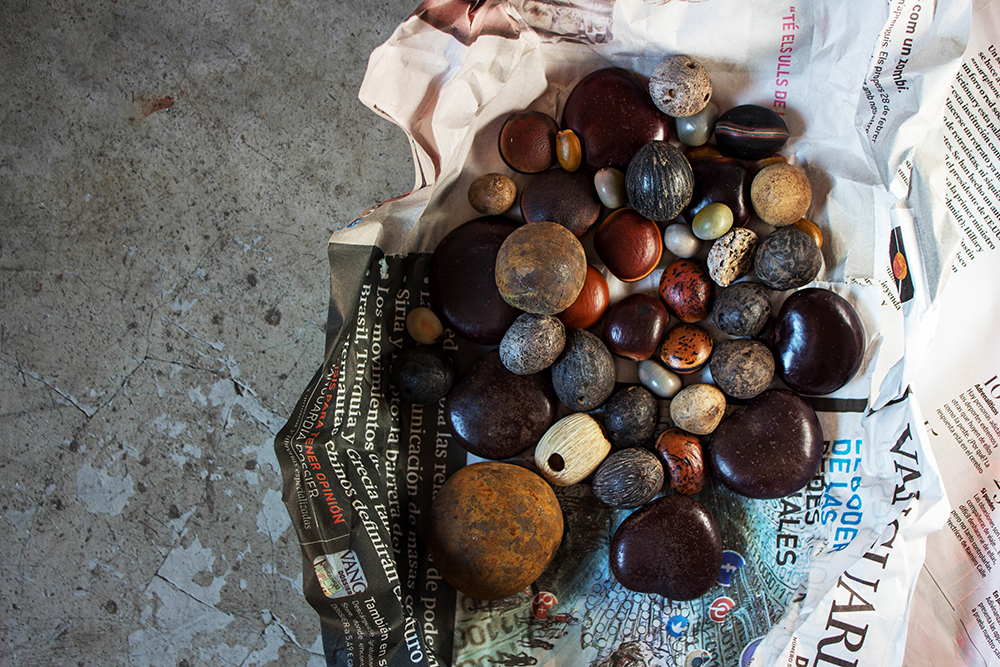
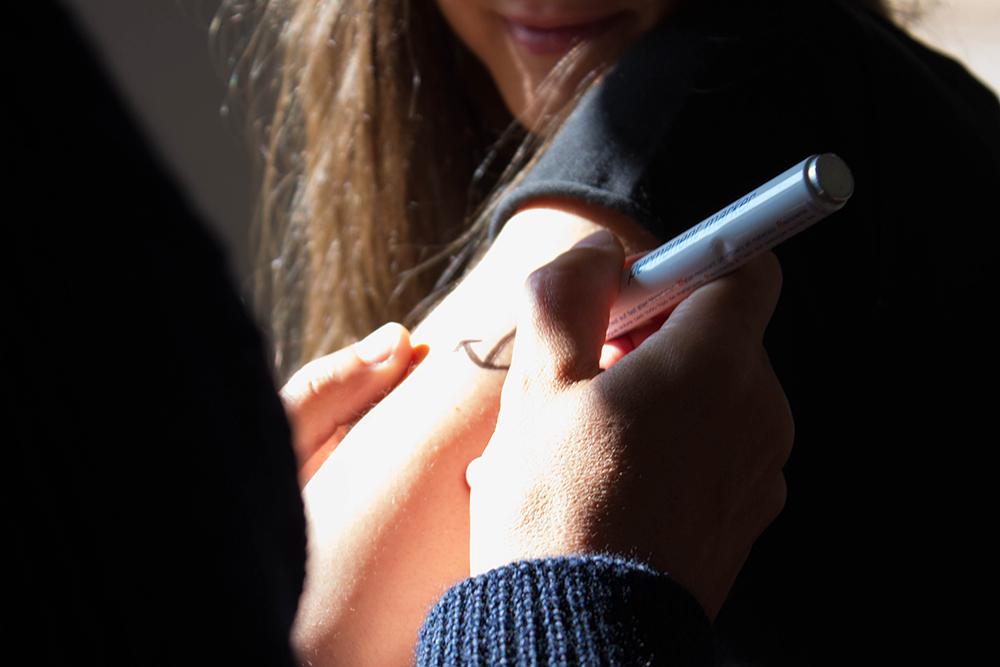
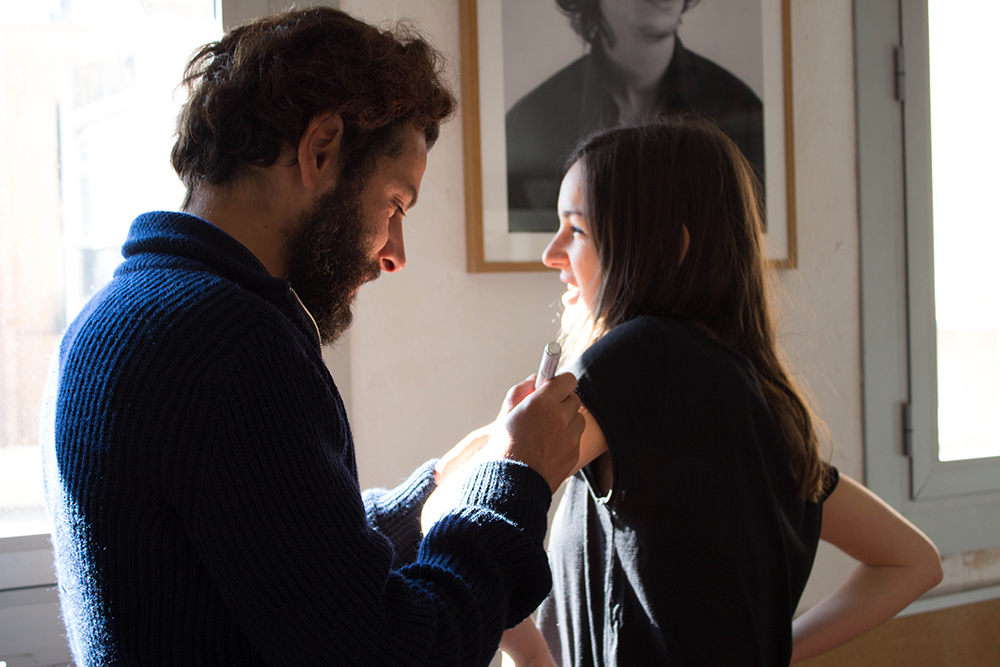
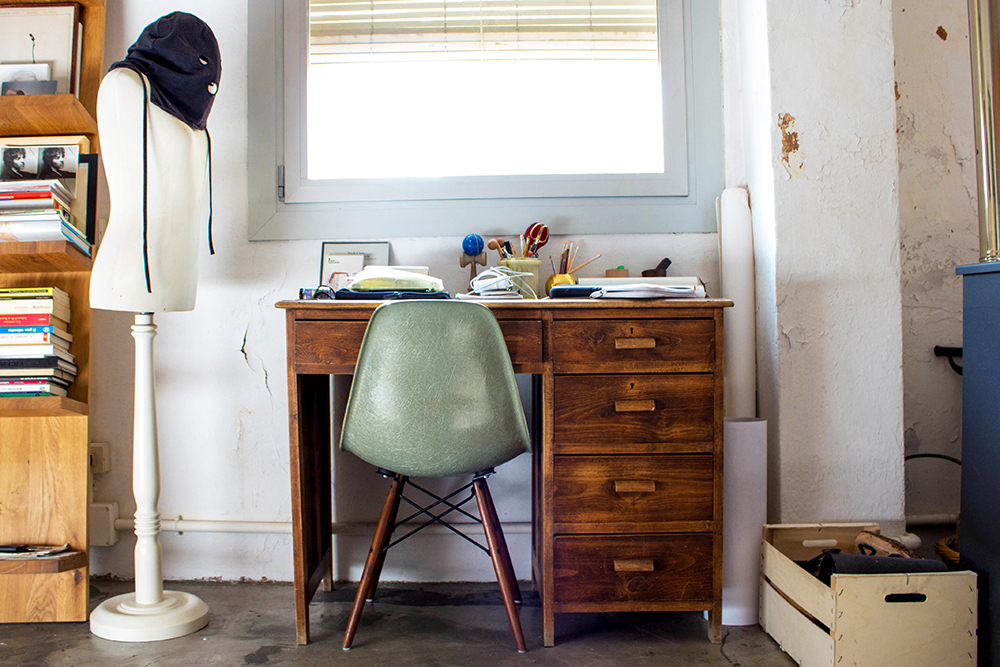
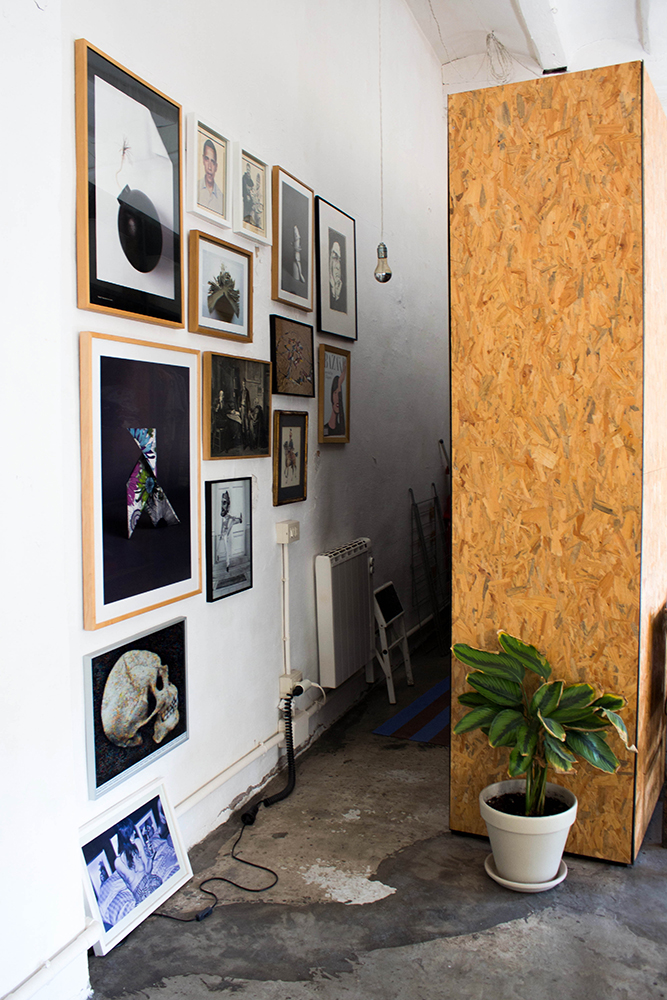
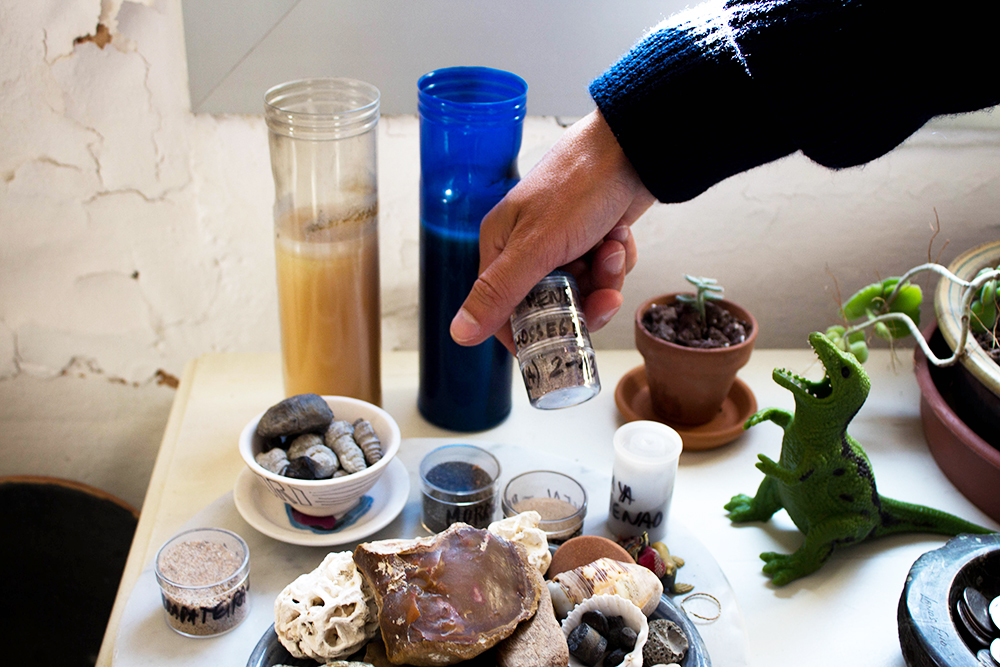
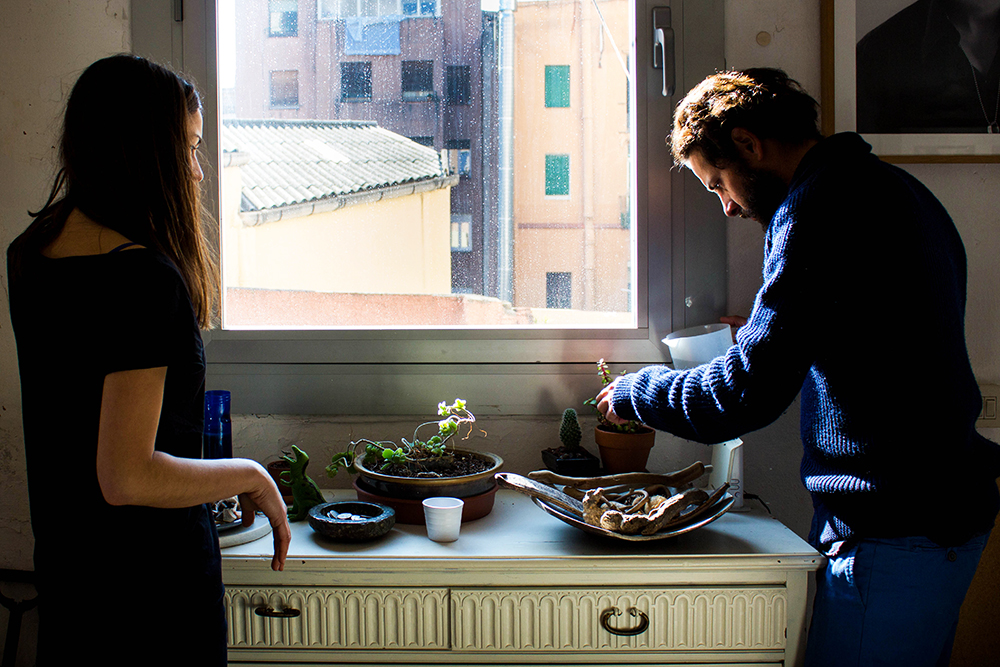
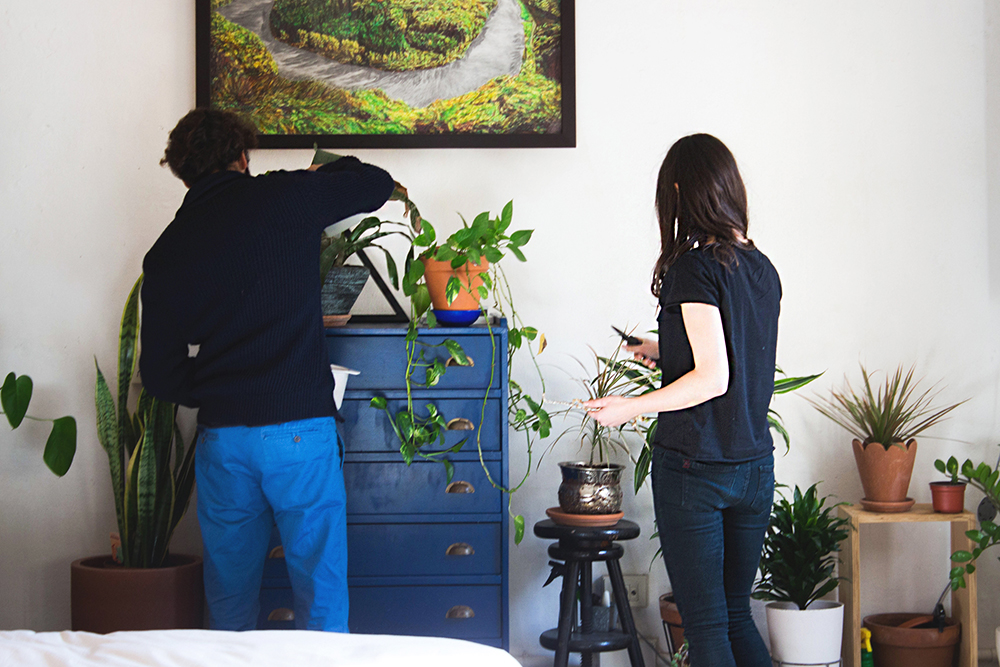
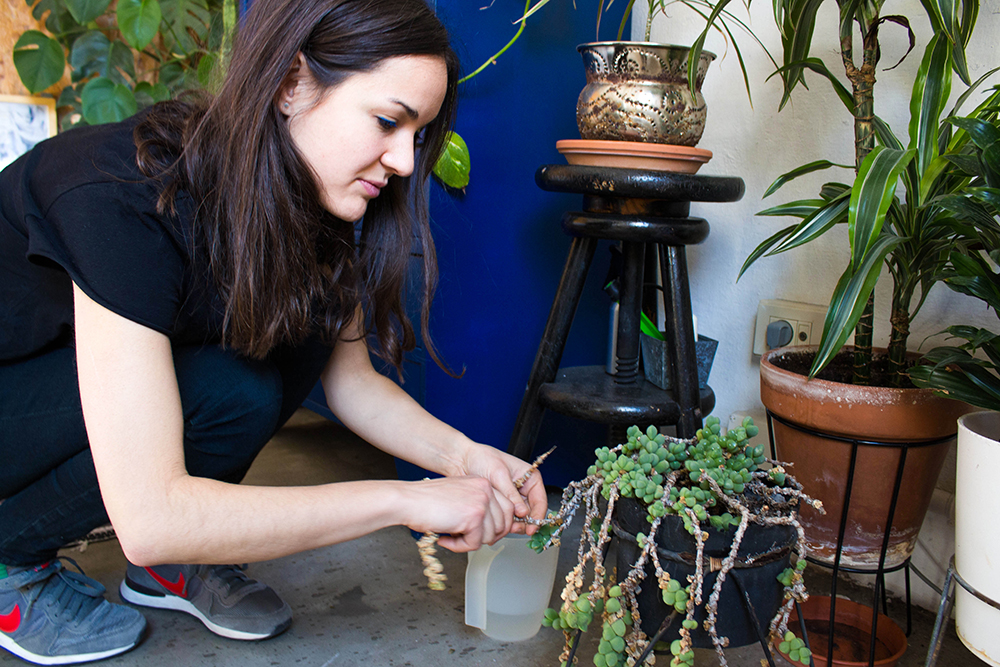
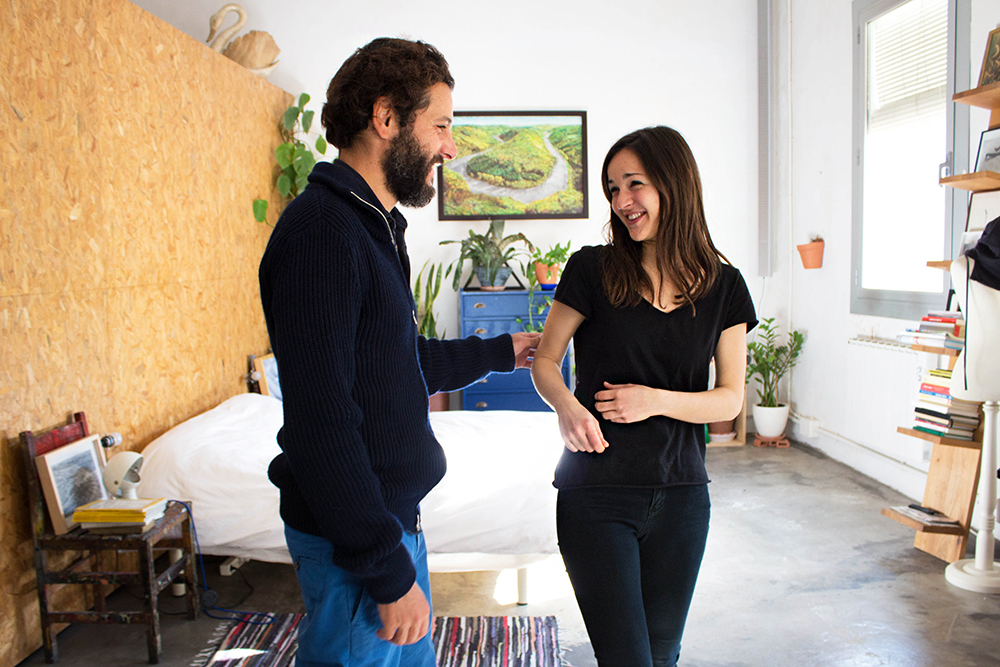
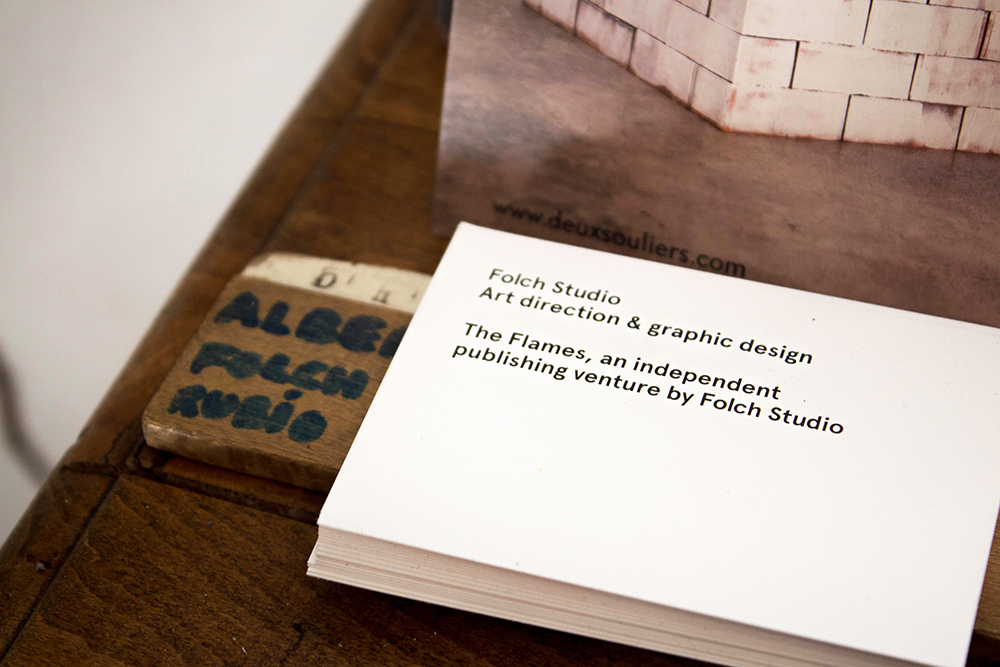
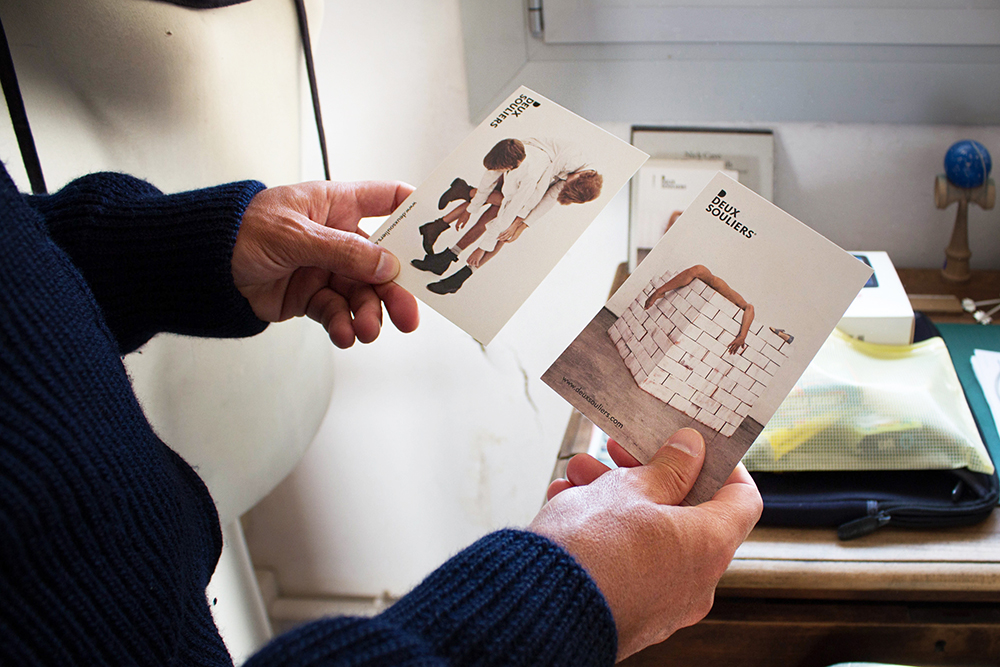
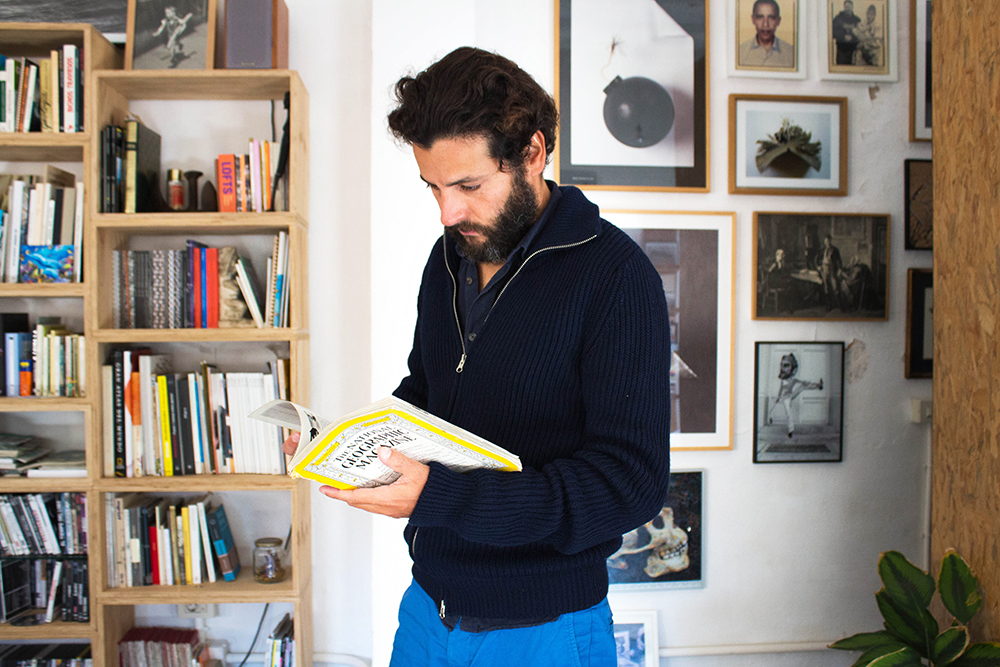
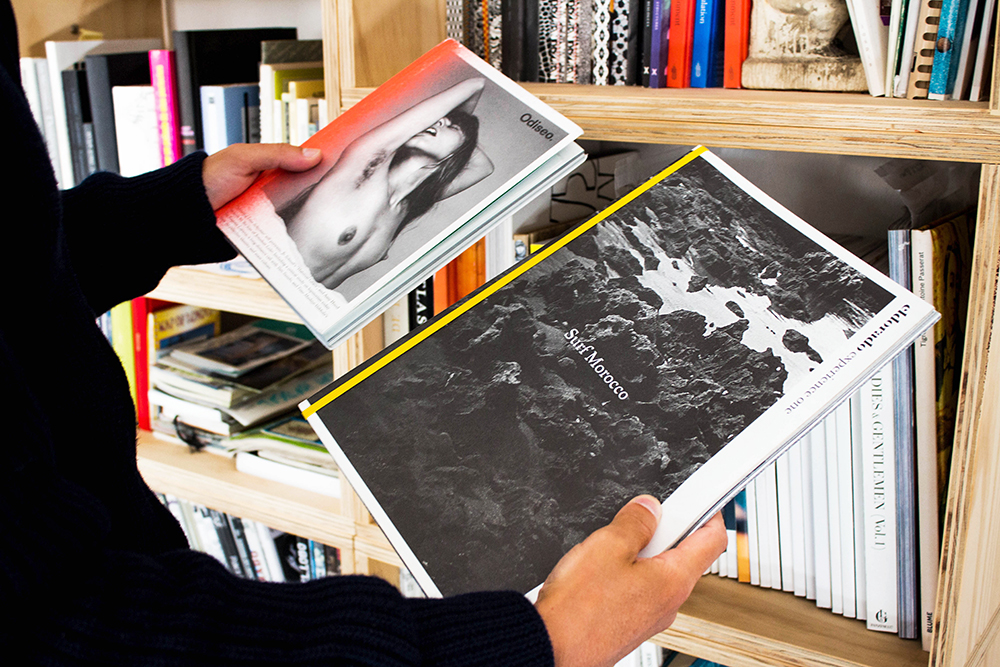
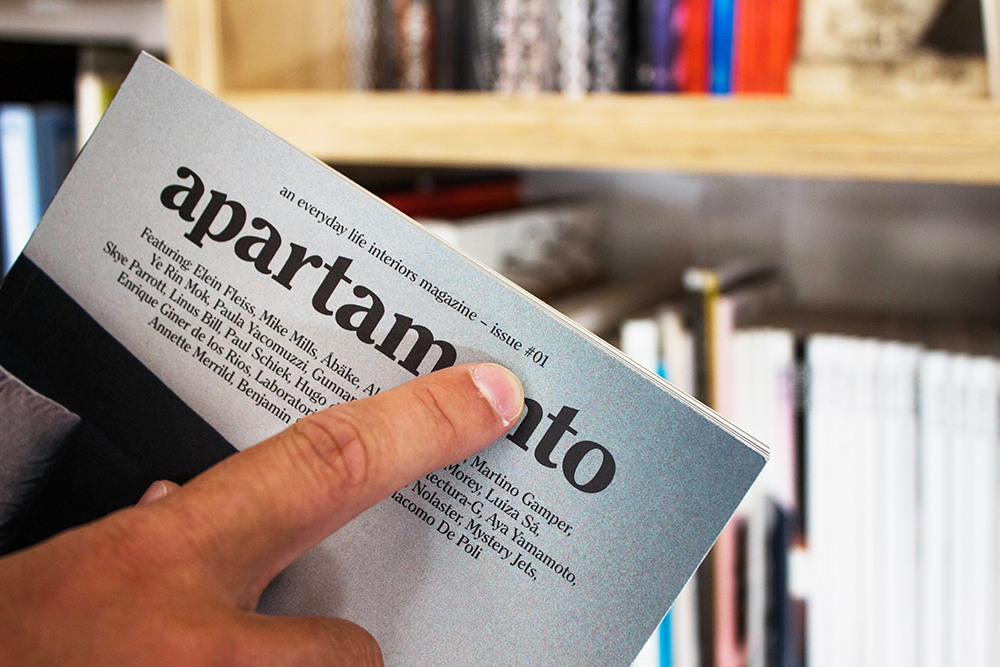
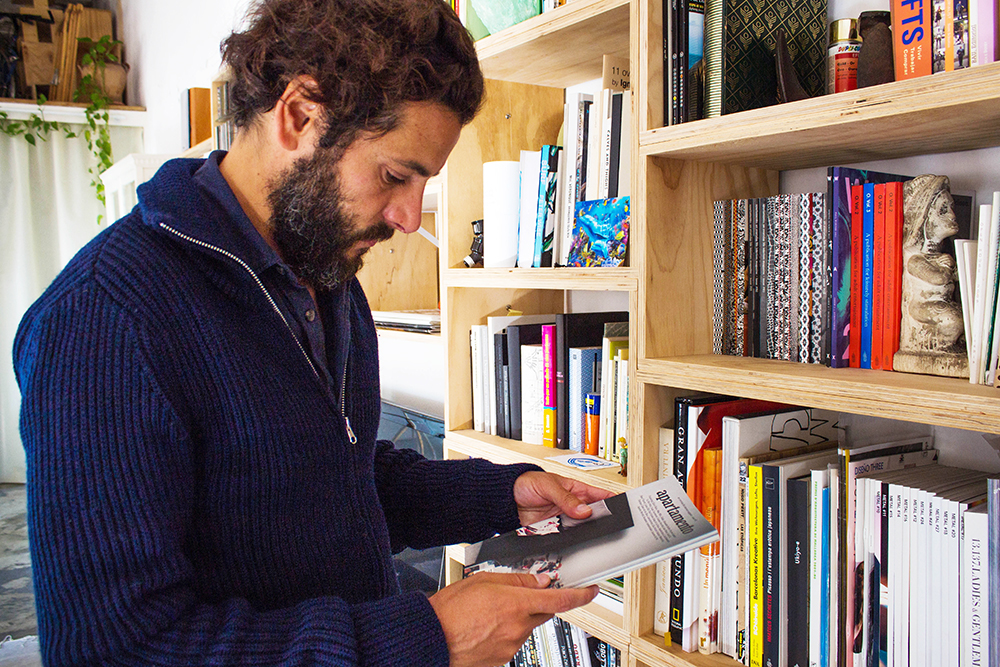
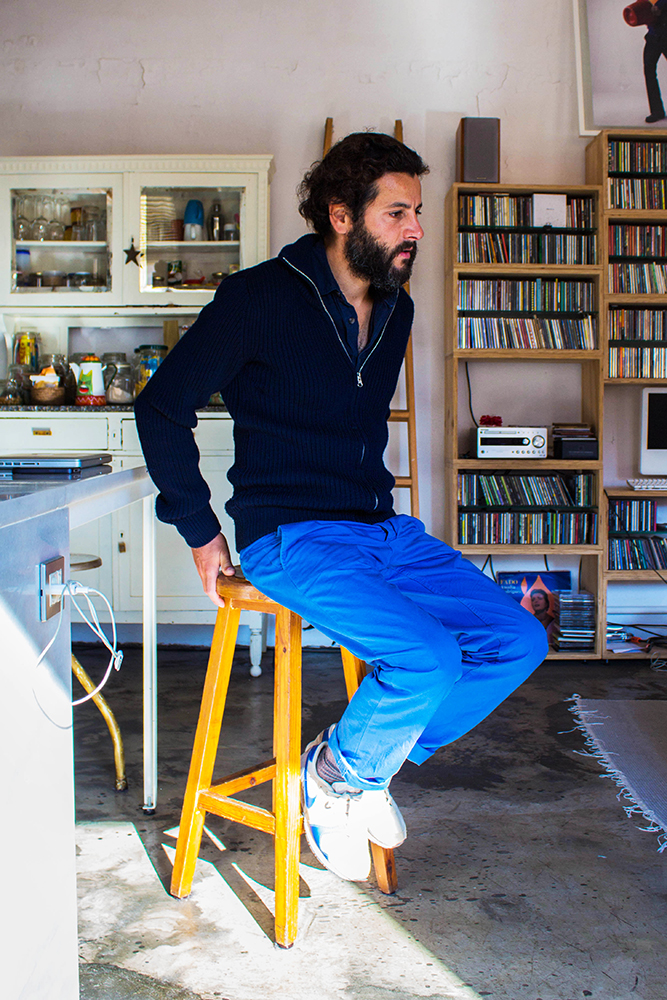
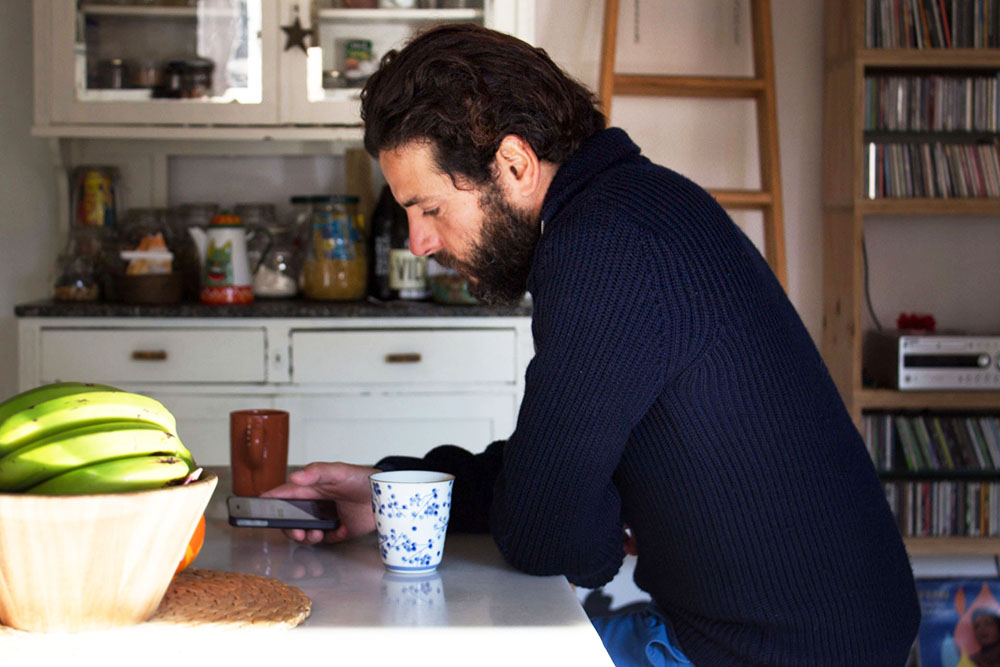
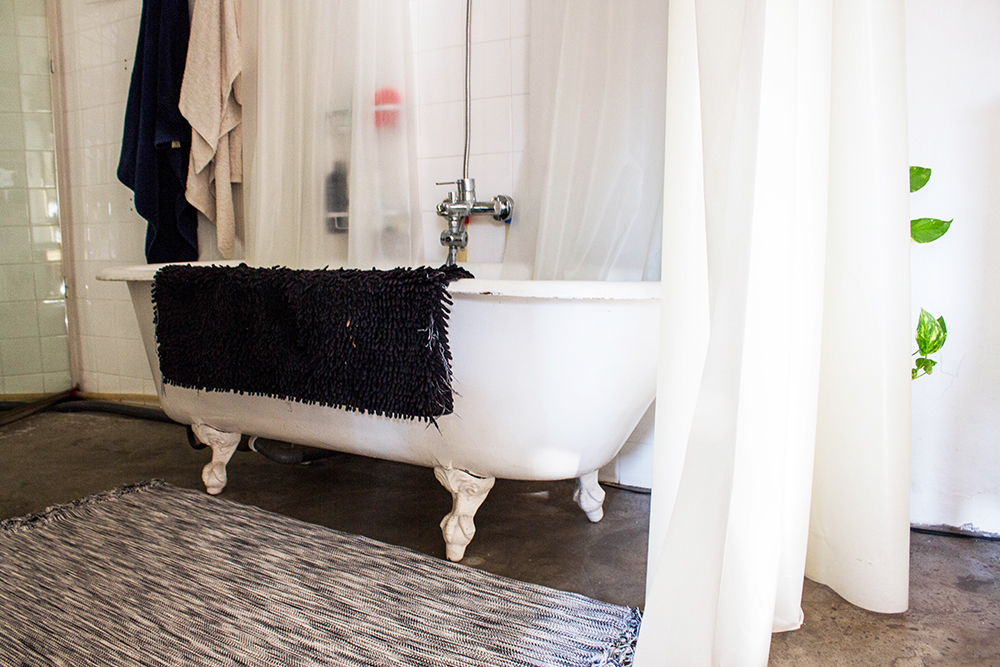

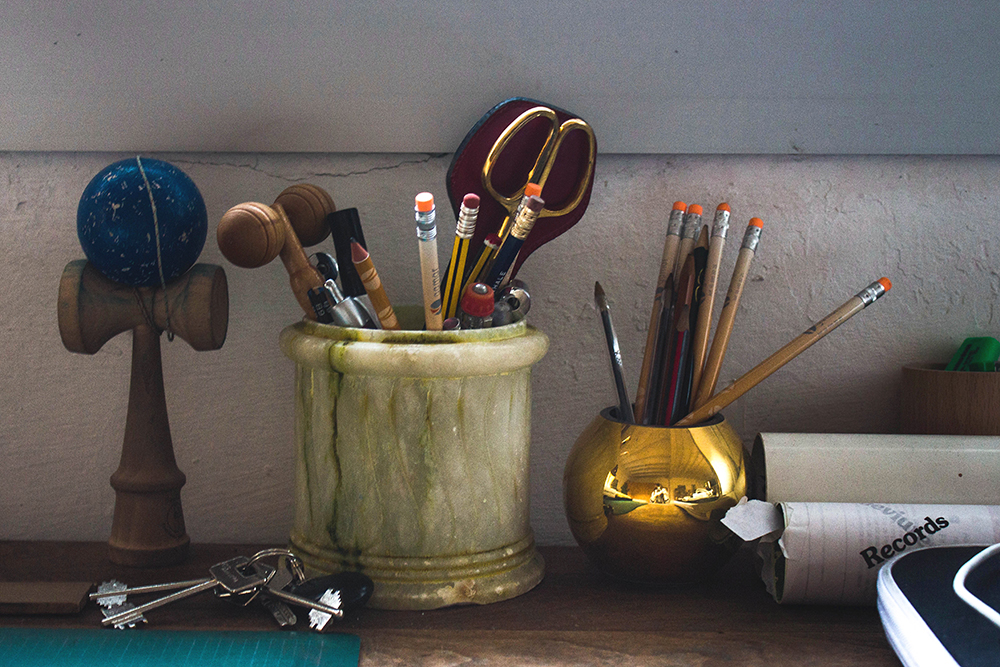
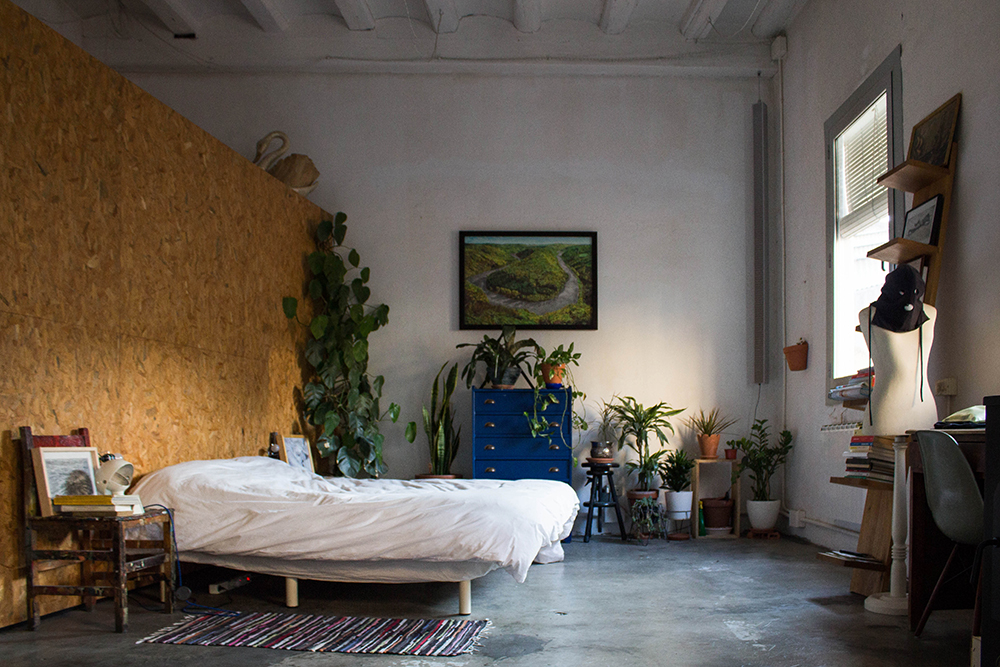
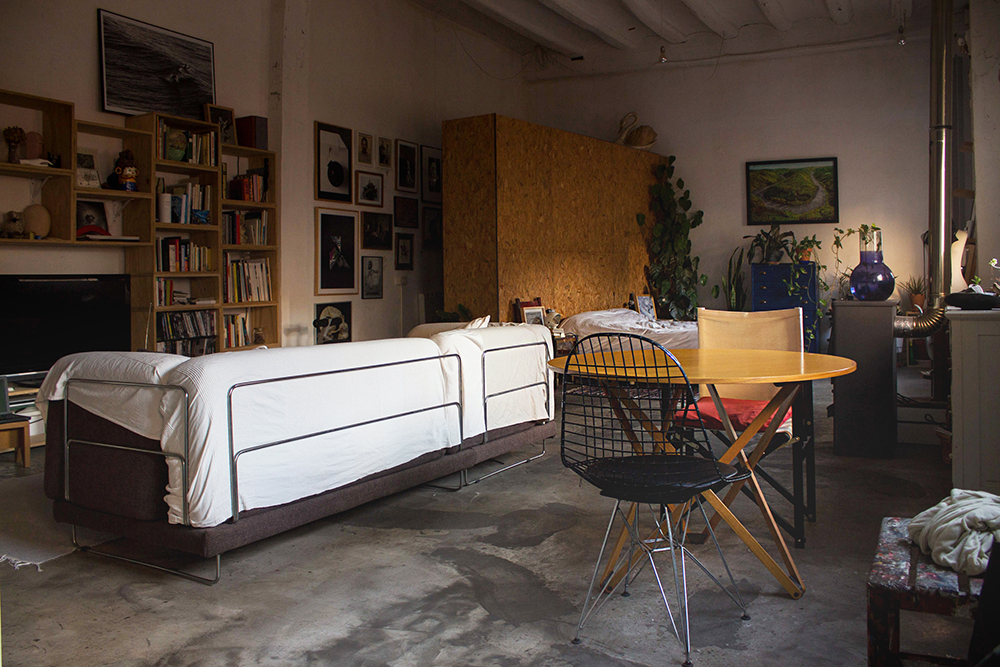
When and why did you decide to open Folch Studio?
I didn’t open my studio from one day to the next, it was more like an organic evolution. I had lived abroad for a while. I returned from Belgium and relocated to Barcelona again. I started to do some freelance work. It was more like “a friend of a friend needed a catalogue for an exhibition.” I got involved in a few projects and from that started to work seriously. Little by little I got more and more projects, so I decided to rent a small space in Poble Nou. Then I realized I needed some help.
I found someone who I initially was helping me and unfortunately I could only pay when it was possible. Of course in the end I had to contract people. And that’s how the adventure started. It was a step by step process. There was so much I didn’t know at that time. I opened the studio because I wanted to work on my own. I’ve always been a very active and independent person. I’ve always tried to do many things, so it was a natural progression for me to open my own studio.
After all the years you’ve been working on graphic and editorial design, are there any differences you have noticed from the time you started compared to now?
More and more my colleagues and I are all working in similar ways with similar things. Previously you could easily find differences between our styles. Our environment influences us and we all make very similar things. However, the processes are something else. In any case, there is no right or wrong, it’s just the consequence of being in global cities. In the end, we all have the same influences. When I was younger I had the feeling that Swiss people were doing something, the Dutch another and Spanish something else. Nowadays, I have the feeling that contemporary designers often work in similar ways. However, this is just a feeling. In fact, I don’t pay so much attention, so I’m probably wrong. Perhaps there are different ways, but I ignore them.
Folch Studio acts as a reference for both emerging and established graphic designers. From your perspective, what are your own references?
When I began, I used to have some models. There were some designers that I liked a lot, such as Jop van Bennekom or Paul Boudens. I guess I was influenced by them because I was living in Antwerp and there was a strong Dutch influence. As the time went by, I became disillusioned about my profession and distanced myself from the industry.
Right now I don’t take notice of anything, I work with intuition. I try to do the projects I want, although I cannot choose every time. But I don’t check the work of others. Sometimes my colleagues tell me to look around at what is happening and I do it. But I prefer to grab a National Geographic and read it, that’s what I like. I also like to travel and play sport. They give me a sense of freedom. Otherwise, it is always like “Oh, I wanted to do something like that” or “Oh, that looks like something we already did.” You’re always suffering and never feel free. At least that’s what happens to me. There are people who are a deep source of knowledge and know all designers and their work. That’s great, but it doesn’t work for me.
One of your best-known projects is the magazine Apartamento. How did the project begin?
At that time, Omar Sosa was working at the studio. We had a friend in common, Nacho Alegre, who was beginning to take photographs. At that time we had already worked for a range of magazines and Nacho was also taking photos for some. We were in high spirits and had just started living independently at the time. We just decided to make a magazine. They both came up with the idea of a publication about interiors or architecture. They explained it to me and I joined them. We started to work taking advantage of jobs that we had already done at the studio. We could use the space, the computers and the meeting room. That’s how it all began, the three of us together with a fourth person from Milan.
Initially we designed Issue 0 as a sketch with photos that Nacho had taken during his travels and other photos by people we knew. We had to invest some money for the first print. When we got the boxes at the studio, we thought “ok, we have this project here, now we have to move it.” And then we began to understand how the magazine world works, from publication to the distribution.
Did you ever have the feeling that it was becoming “work”?
Yes, of course, as every personal project does when it grows. There’s always a point where the nice part disappears and the complicated part begins. That happens, for example, when you have to pay for the printing for the following issue, but you don’t have enough money. Suddenly there are problems that need solving. Maybe you have to work on weekends or at night. All these things take a toll. As in every project, there is always a bright side and a dark one. And in the end everything turns into work.
At which point did you decide to get out of the project?
It is quite a long story. We were working on Apartamento at the studio until issue 4. From then on, the volume of work was so much for the studio that we could not absorb it without any income. We decided that the most prudent thing was for it to become a kind of “spin-off” of Folch Studio. It needed its own space and it became independent. Omar took care of continuing the project together with Nacho and, in the end, I disassociated myself from the project and focused on work at the studio. One day I realized that it was becoming too big and I could not follow their rhythm. I had to make a decision and I left the project. At that moment I thought perhaps it was the wrong move, but today I can say I’m glad I did it. I remember it felt like I was leaving a band when it was hired for a world tour. However, because of that decision I have been able to be involved in many other projects that I have also enjoyed and learned a lot from.
How important is it to you to have these personal projects?
For me it is of vital importance. I’ve done it since I was 18 years old, when I had to make my own living. That’s when I started to study geology at the Autònoma University. Since then I’ve been trying to develop projects that would give me an income. Early on some friends and I started organizing electronic music parties. With the money we made we were able to organize the next one. There were four of us, Rafa was one of them – he works with me at the studio now. We are getting older but our minds are still just as active. We are coming up with new ideas for new projects all the time. So for me it’s vital to work on personal projects. It defines who I am.
What makes good graphic design successful?
I think it has to come from the heart. It might sound like a cliché, but it’s true. It cannot be fake. Unfortunately, there are so many fake things nowadays, things that are not authentic. In the very first instance, you have to create an editorial piece about something you like. Sometimes we believe we like things when we actually don’t. It’s like the idea that “everybody likes fashion”. It is simply not true. Sometimes fashion is just a vehicle for you to earn a living, but that doesn’t mean you really like it.
There are some things you like more than others. When you do a personal project with heart and passion it is more likely to be successful because if problems appear, you will give everything possible to solve them. Apartamento was – and still is – a real project, we didn’t simulate how people were living. We were showing the shit where people were living. That was the nice thing, the truly interesting thing about it. Up until then the majority of magazines were featuring amazing houses that were wonderful and luxurious. When you encounter a real and honest project, you can easily recognize it, you don’t feel they are lying to you.
In spite of a perceived crisis in paper publications, editorial design seems to be growing. More and more, bookshops have started selling magazines that end up just as valued as books. People not only buy them, but collect them. Why do you think this has happened?
Developing projects and new magazines will always exist. It doesn’t matter if there is a crisis or not, or if there is more or less money. There used to be fewer magazines, but there were also less people working in that field. There have never been as many designers, art directors and photographers as there are today. Now there are more magazines in limited editions because there are more people that want to be graphic designers, art directors and photographers, hence why there are so many names in the market.
Where once you had a magazine project and you expected to print 50,000 to 100,000 copies, now you make 3,000 to 6,000 copies. The magazine becomes a visible tool and brands contract your services for something else. The willingness to work on projects will be there forever. If you have no money, you’ll do it digitally on a blog. And if the blog works out well, you’ll probably start working with paper. Digital and paper are complementary things. Hybrid projects are even more interesting. Actually, I don’t see a crisis, I think it’s just a change.
I once read that eldorado is a fanzine, is it?
No, it’s not, although I don’t really know how to describe it. I can’t find a word that describes it properly. Before we were used to the words “book”, “magazine”, “fanzine” and “catalog.” Our work at the studio investigates and provides new solutions in editorial design. eldorado is one of them. It’s not a magazine or a book, it’s a publication. I realize “publication” is a generic definition. For me, eldorado is unclassifiable, because there is no set regularity. People have always needed some form of regularity, but we don’t. We don’t care because it’s always linked to a trip and you cannot force travel. I mean, you cannot say you will travel once a year, because maybe you can’t. We are talking about a full trip, not a working trip. It’s a project that follows a dynamic which is absolutely different from any magazine we know. The idea is to publish these travels of eldorado. If we could publish it once or twice a year it would be perfect however, we don’t need to establish a regularity. The nice thing about the project is that it’s free. We don’t depend on anyone, because it doesn’t need advertising.
Your other recent project Odiseo has been a total success. Do you think there was a lack of this sort of content previously?
When we develop a personal project, we always try to find a niche in the market, otherwise it is suicide. It is ridiculous to make another Apartamento when it already exists. Collectively the people from Apartamento, The Plant and Perdiz – all these people who make magazines – share a similar target. We can be different, but we have the same target. The only option left is to find a niche in the market. Odiseo makes something else, we mix erotic content with essays. Once again it’s neither a magazine or a book. We found a word for it: “bookzine.”
What does that mean exactly?
As I mentioned, we like to investigate and that means trying new things. If you don’t try new things, you’ll never know. Sometimes you can be right and sometimes wrong. That’s the cool thing. If you were always good, you would never learn. The first issue of Odiseo looked like a magazine and it was a complete mistake. We realized that this magazine format made no sense, especially with such a delicate theme like eroticism. So we decided to stay away from the magazine look and move closer towards a book style. We came up with the our very own term, a “bookzine.”
The fact that the second issue is already sold out is certainly a testament to your efforts.
I think it’s proof of a well executed strategy. The strategy is more important in my opinion. You can have a bad job with a good strategy and it can work out pretty well. Rafa is always insisting that it’s much better when we have less copies and sell out rather than printing too many. That way the desire increases.
From the second issue of Odiseo onwards you started working with Carlota Santamaria as creative director. How important was her role?
Carlota was the key. She gave us a feminine point of view that was very necessary. She didn’t have so much experience in editorial design, but I knew she was interested in it. So we skyped and I asked her if she would like to collaborate with us. I sent her a moodboard of photos I had in mind and she asked me if she could give her opinion. She criticized it a lot. Sometimes people criticize you and you disagree with them, but sometimes they are just right. That’s what happened. I realized that with the first issue we had just published photos with boobs and asses. In the beginning we said it was a magazine for men, we never hid that. However, right now we’re moving towards a more conceptual approach to erotism. This magazine is now for everyone. It was hard to see at the start.
You recently traveled to Panamá to work on the next issue of eldorado, can you talk about this a little bit?
This new issue will be an evolution of the first issues, as the first one didn’t have so much editorial content. It was just a visual essay with remarkable photos and good design. Now we’ve changed the idea a little bit. We will include more photos of landscapes and portraits of people we’ve met during the trip. There’s so much material that we haven’t worked through yet as we are still developing it. We shot about 35 to 40 films on 35mm and medium format. We also have some digital shoots. At the moment we are currently editing everything. Right now I still don’t know how it will turn out exactly. I do not want the publication to solely focus on surfing. It needs to be more about exploring unknown areas, meeting new people, the journey and sport.
Many thanks for a fantastic time, it was greet to meet with you Alberto. To find out more about Folch Studio visit the website here.
Photography: Silvia Conde
Interview & Text: Silvia Conde & Kati Krause
